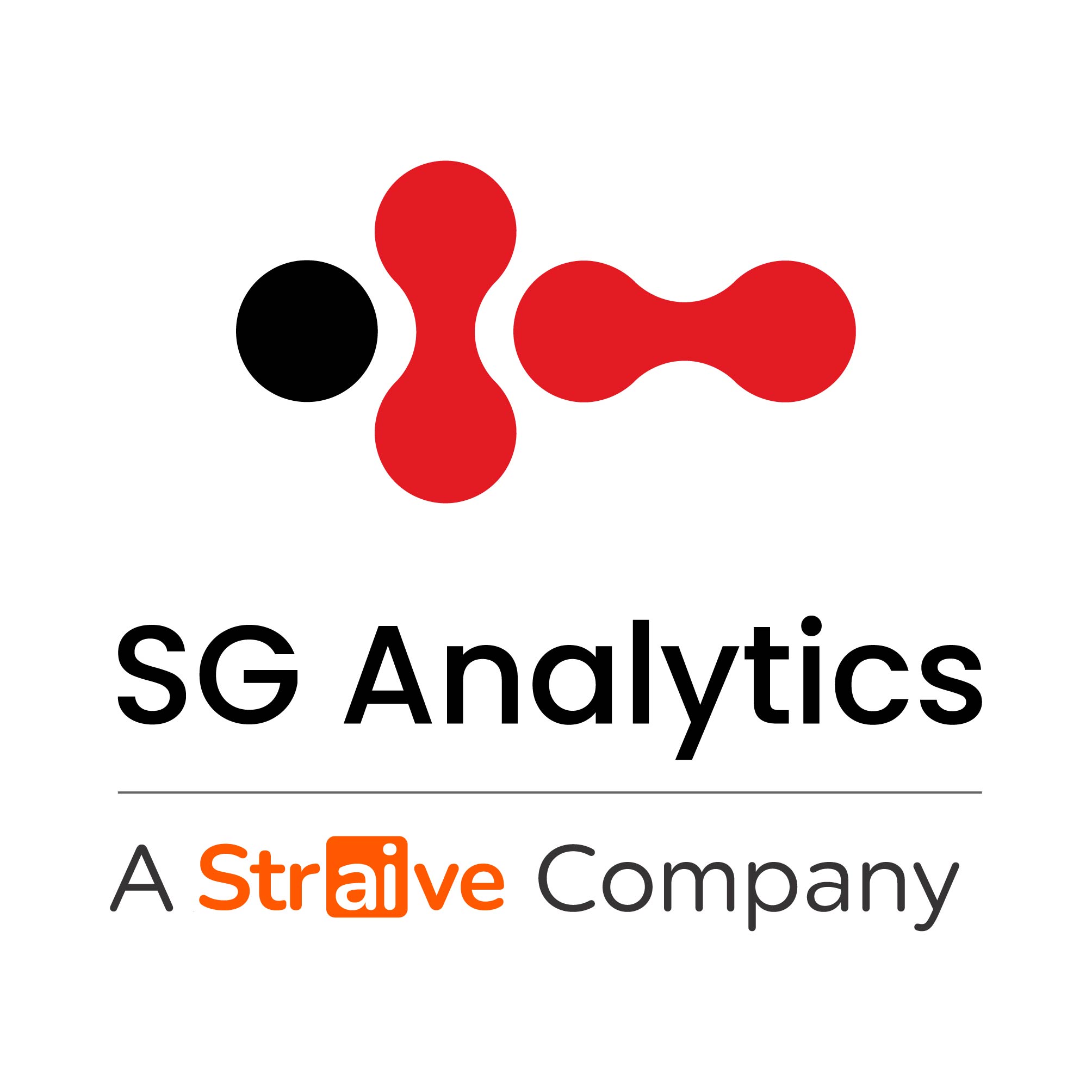- Resources
- Blog
- What is Customer Journey Analytics? A Complete Guide
What is Customer Journey Analytics? A Complete Guide
Customer Analytics
Contents
September, 2025
Introduction – Customer Journey Analytics
Imagine finishing a long day of interviews, dashboard reviews, and session replays, and realizing one thing keeps returning: the story behind customer behavior rarely matches the story in your reports. Clicks, page views, and purchase events record actions. However, they do not explain why a customer left mid-journey or what nudged another to convert.
As a result, customer journey analytics fixes that gap. It combines behavioral, transactional, and contextual signals to reveal intent, friction, and opportunity across channels. During research, leaders repeatedly described the same outcome: when they use journey analytics, they spot small frictions that, when fixed, lift conversion and retention materially. Moreover, teams move from reactive fixes to targeted interventions that scale.
Let’s explore the concept, the outcomes executives should expect, and a pragmatic path to embed customer journey analytics into decision workflows and operational playbooks.
The Concept, Importance, and Outcomes of Customer Journey Analytics
At its core, customer journey analytics is about connecting the dots between every interaction a customer has with a business. Unlike surface-level metrics that only track isolated touchpoints, this discipline brings together data from web visits, mobile apps, call centers, retail transactions, and even post-purchase support. Consequently, the result is a unified view of how customers move, hesitate, or accelerate across their lifecycle with the brand.
The real value of this discipline is in simplifying complexity and making customer behavior easier to interpret. Today, customers expect seamless experiences across digital and physical channels. As PwC’s findings reveal, a single disappointing interaction is enough for roughly a third of customers to walk away from a brand. Moreover, customer journey analytics equips enterprises with the ability to detect friction points early, personalize interventions, and ultimately build loyalty in an environment where switching costs are lower than ever.
The outcomes extend beyond experience design for leadership teams. Properly implemented customer journey analytics solutions enable measurable business impact: higher conversion rates through personalized nudges, reduced churn through timely retention campaigns, and greater lifetime value as journeys are optimized end-to-end. This is where analytics shifts from being a back-office tool to becoming a boardroom-level growth lever.
Why Customer Journey Analytics Matters
Customer expectations have shifted from one-off interactions to seamless, personalized journeys across every channel. Yet most enterprises struggle to deliver on that promise. Marketing spends are rising, acquisition costs keep escalating, and loyalty is increasingly fragile. Research by McKinsey shows that companies excelling at customer experience grow revenues 4–8 percent faster than peers, underscoring the commercial stakes of getting it right.
The problem is not intent but visibility. Leaders can map journeys, but few can truly measure how customers behave within them. In addition, fragmented data hides drop-off points, and manual analysis cannot keep pace with the scale of signals generated across apps, websites, and service centers. This gap is where customer journey analytics earns its relevance.
Analytics enables enterprises to go beyond “what happened” to uncover “why it happened” and “what should happen next.” A telecom operator, for instance, might discover that high-value subscribers churn not because of price but because of unresolved service tickets. As a result, by connecting signals across systems, journey analytics turns anecdotal assumptions into actionable intelligence.
Enterprises that invest in analytical solutions for great customer journeys move from reactive firefighting to proactive engagement. Instead of losing customers and asking why, they predict churn, intervene earlier, and design experiences that create measurable lift in retention, satisfaction, and ROI.
Difference Between Journey Analytics and Journey Mapping
When business leaders talk about understanding the customer, two approaches often come up: journey mapping and journey analytics. At first glance, they may look similar, but the difference is both strategic and operational.
Journey mapping is essentially a visualization exercise. Teams sketch the steps a customer is expected to take, from discovery to purchase and beyond. These maps are useful to align internal teams and to highlight obvious friction points. For example, a retail bank may use a journey map to document how a new customer applies for an account, waits for approval, and eventually starts using digital banking services. While insightful, the map is static, as it captures assumptions about how customers should behave, not necessarily how they actually behave.
Journey analytics, in contrast, moves from assumptions to evidence. It leverages real-time data from multiple touchpoints, such as mobile apps, call centers, websites, and in-store interactions, to track what customers are actually doing, not just what teams think they are doing. For instance, analytics may reveal that a large proportion of retail banking customers abandon the account setup midway because of identity verification delays. This insight goes beyond visualization and directly informs operational improvements.
The distinction is critical for enterprises. Journey mapping is a planning tool. Journey analytics is a performance engine. Mapping creates a shared picture. Analytics provides measurable insights that can be acted on in real time. In fact, the two are not competitors but complements: mapping frames the journey, and analytics validates, refines, and evolves it with data. Enterprises that rely only on mapping risk designing strategies around outdated assumptions, while those that embed journey analytics solutions gain the agility to adapt as customer behaviors shift.
Benefits for Customer Experience, Retention, and ROI
Customer journey analytics does more than track customer movements. It creates a foundation for better experiences, stronger loyalty, and measurable financial impact.
Better Customer Experience
When enterprises map behaviors with analytics, they see where customers struggle and why. For example, a bank may find that clients abandon digital applications midway because of complex authentication steps. It improves satisfaction and lifts Net Promoter Scores by simplifying the process. McKinsey research shows that firms applying analytics to experience achieve satisfaction gains of 20 to 30 percent.
Higher Retention Rates
Acquisition costs continue to rise, which makes retention a boardroom priority. Customer journey analytics identifies churn signals, such as repeated complaints or declining engagement. A telecom operator, for example, can use these insights to reach at-risk customers with tailored offers before they leave. Forrester studies show that companies using customer analytics are twice as likely to improve retention over three years.
Clearer ROI
Executives want evidence that customer analytics solutions drive growth. Journey analytics links behaviors to revenue drivers, such as cross-sell conversion, average order value, or lifetime spend. Retailers often see a 10 to 15 percent uplift in incremental revenue once they embed analytics into marketing playbooks.
Enterprise Impact
The ultimate benefit is alignment between customer journeys and business outcomes. With customer journey analytics, each decision improves experience, reduces churn, and strengthens profitability.
Implementing Customer Journey Analytics
Enterprises succeed with customer journey analytics when they treat it as a program, not a project. The value lies in disciplined execution across data, technology, and people.
Define Goals and KPIs
First, start with clarity. What problem are you solving? Is it churn, conversion, or customer experience? Each goal needs measurable KPIs such as NPS, retention rate, or revenue per user. Clear intent ensures analytics efforts create business impact.
Integrate Data Sources
Second, customer journeys span websites, mobile apps, contact centers, and in-store touchpoints. Bringing this data together is the hardest part. Firms that stitch structured and unstructured data create the foundation for customer journey analytics solutions. Without integration, insights remain partial.
Apply Advanced Analytics and AI
Then, machine learning and predictive models make sense of vast customer signals. Generative AI services are now extracting intent from voice transcripts and personalizing offers in real time. These capabilities turn static data into dynamic insights that can guide action.
Operationalize Insights
Subsequently, analytics must move from dashboards into daily workflows. Product and service teams can use real-time alerts to adjust campaigns, fix broken journeys, or optimize service delivery. DevOps services and DataOps as a service often play a role here by embedding analytics into digital operations.
Embed Governance and Continuous Improvement
Finally, without strong governance, analytics risks, bias, and compliance gaps. Enterprises must define data standards, apply monitoring frameworks, and refine models continuously. Over time, this creates a virtuous cycle where each iteration delivers sharper insights.
Types of Customer Journey Analytics Reports
Customer journey analytics delivers its value through reporting that translates raw data into actionable intelligence. Three report categories dominate enterprise use cases.
Behavioral Reports
These track how customers interact across channels. Click paths, session heatmaps, and app engagement metrics reveal what keeps users engaged or where they drop off. In turn, behavioral insights help product teams prioritize fixes and marketers design frictionless experiences.
Transactional Reports
These focus on the moments that involve value exchange, such as purchases, renewals, or service requests. By linking transactions with the preceding journey, enterprises uncover patterns that drive revenue and retention. Transactional analysis also highlights operational bottlenecks, from checkout abandonment to failed service requests.
Predictive Reports
These use machine learning to anticipate what customers are likely to do next. Churn scores, upsell probabilities, and lifetime value forecasts turn hindsight into foresight. Meanwhile, predictive reporting is increasingly embedded into customer journey analytics solutions, enabling proactive engagement strategies that lift ROI.
When evaluated together, these reports give enterprises a comprehensive view of journeys: what customers did, why they did it, and what they are likely to do next.
Conclusion: From Insight to Action
Customer journey analytics is no longer optional. It is the connective tissue that links fragmented signals into a coherent view of the customer. As a result, when embedded into daily decision-making, it shifts organizations from reactive fixes to proactive engagement, where every touchpoint is tuned to maximize value.
For leaders, the mandate is clear. Customer journey analytics solutions are not just about measuring behavior. They are about redesigning experiences to earn loyalty and sustain growth in an environment where expectations outpace traditional models. Ultimately, enterprises that act now will not only reduce churn but also create differentiated journeys that become a source of competitive advantage.
Hire SGA for Customer Journey Analytics Solutions
SG Analytics combines deep domain expertise with advanced technology services to deliver tailored customer analytics solutions. From integrating omnichannel data to designing predictive models, we help enterprises operationalize insights at scale. Partner with us to implement customer journey analytics solutions that turn fragmented signals into clear strategies for growth.
FAQs – Customer Journey Analytics
1. How is customer journey analytics different from traditional analytics?
Traditional analytics looks at isolated metrics. In contrast, customer journey analytics connects them across channels and timelines, creating a holistic view of the customer experience.
2. What is the typical ROI timeline?
Enterprises often see measurable improvements in churn reduction and customer engagement. Typically, results appear within 6–12 months of implementation.
3. Is customer journey analytics scalable?
Yes. With the right foundations, organizations can scale from a single channel to omnichannel coverage without losing accuracy.
4. What resources are needed internally?
Cross-functional collaboration is critical. Therefore, marketing, product, and data teams must align on KPIs while leveraging external partners for specialized analytics expertise.
5. Can AI enhance customer journey analytics?
Absolutely. For example, AI models power predictive reporting, anomaly detection, and real-time personalization, making insights faster and more actionable.
Related Tags
Customer Analytics Customer Journey AnalyticsAuthor

SGA Knowledge Team
Contents